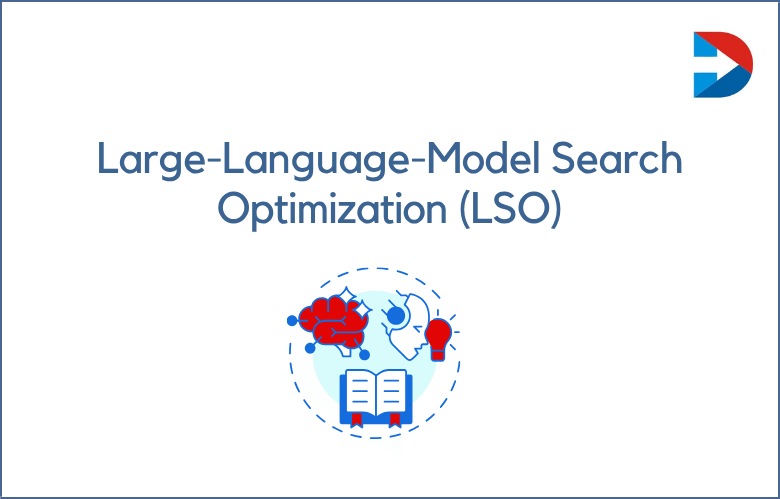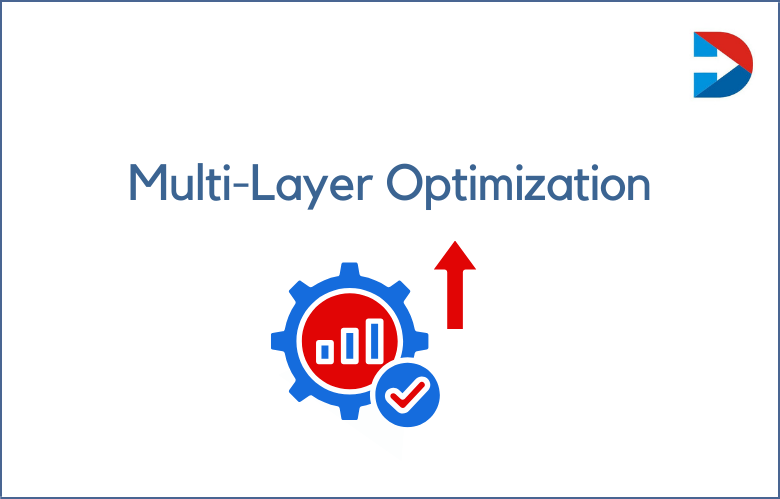
In an era where advertisers demand more than impressions and clicks, Performance Marketing emerges as a strategic and results-based solution. Rather than paying for exposure alone, brands now choose to invest in marketing strategies that guarantee outcomes—be it sales, leads, or specific user actions.
Performance marketing is a business model where advertisers only pay when a predetermined action is achieved. It flips the traditional model by putting accountability and effectiveness at the center of advertising—”Get Paid Only If You Please.”
What Is a Performance Campaign?
A performance campaign is designed to drive specific actions such as conversions, downloads, sales, or sign-ups—rather than merely raising awareness. Payment to the agency or marketer is made only when results are delivered as agreed between the company and the performance marketing agency.
The success of a performance campaign lies in its measurability and ability to adapt based on real-time feedback and performance data.
Key Performance Marketing Channels
1. Sponsored Content
These are advertisements placed on platforms like search engines, social media, and even print media to attract attention. Often, they appear as genuine articles or posts but are actually paid for by brands.
2. Native Advertising
These ads blend seamlessly with the content they appear alongside, making them less intrusive and more likely to convert. Labels like “sponsored,” “recommended for you,” or “promoted” distinguish them. Native ads often show higher engagement and conversion rates.
3. Search Engine Marketing (SEM)
SEM involves keyword-based bidding to display ads prominently on search engine results pages (SERPs). It includes both organic efforts like SEO and paid placements (PPC). This channel is critical for driving high-intent traffic.
4. Social Media Marketing
Social platforms like Facebook, Instagram, Twitter, and YouTube are used to run paid, organic, or influencer-driven campaigns. Tactics include contests, stories, and targeted ads to drive user engagement and conversion.
5. Affiliate Marketing
This revenue-sharing model rewards affiliates or influencers for driving conversions or leads through their unique referral links. It is one of the most cost-effective and widely used forms of performance marketing.
6. Influencer Marketing
A form of affiliate marketing where influencers are compensated based on their impact in driving audience actions such as purchases or sign-ups.
7. Referral Marketing
Here, existing customers are rewarded for referring new customers. It’s a trust-based model that leverages satisfied customers as advocates.
8. Email Marketing
Emails sent with product offers, personalized promotions, or follow-up content are evaluated based on open rate, click-through rate, and conversion rate.
9. Content Marketing
Content is created to educate or entertain, but with measurable business goals like generating leads, email subscribers, or sales.
10. Online Advertising
Performance-based digital ads on platforms such as Google Display Network or websites that only charge for specific actions like a completed purchase or form submission.
11. Mobile Marketing
Advertising tailored for smartphones and tablets to target users on the go, often using in-app ads or SMS marketing.
12. Local Marketing
Targets users based on their geographical location, ideal for businesses looking to convert nearby prospects into customers.
The Role of a Performance Marketing Manager
A Performance Marketing Manager is responsible for:
Creating targeted and optimized campaigns across various channels.
Designing high-converting landing pages with:
Minimalistic and clean visuals
Streamlined checkout or sign-up processes
Clear CTAs (Calls-To-Action)
Value-oriented headlines and subheadings
Using real-time data to:
Analyze traffic sources, bounce rate, CTR, and conversion rates
Adapt and improve campaign performance accordingly
Collaborating with influencers, affiliates, and platforms to boost campaign reach and ROI.
Essential Tools for Performance Marketing Success
To track, optimize, and report on campaign performance, the following tools are commonly used:
Google Analytics: Offers detailed data on user behavior, traffic sources, bounce rate, and keyword performance.
HubSpot: Helps automate campaigns and track their success. Useful for SEO and lead nurturing.
Hootsuite: Ideal for managing and tracking performance across multiple social media platforms.
SEMrush: Great for both SEO and PPC insights, including competitor keyword analysis and SERP tracking.
BuzzSumo: Monitors brand mentions and helps identify trending content and keyword popularity.
Why Choose Performance Marketing?
1. Increased ROI
By focusing only on results, performance marketing offers a higher return on investment than traditional campaigns.
2. Cost-Effectiveness
Advertisers only pay when actions (sales, leads, downloads) are completed, not just for ad impressions or clicks.
3. Budget Efficiency
Marketing budgets are allocated to channels that are proven to deliver, enhancing overall campaign efficiency.
4. Enhanced Transparency
Agencies provide detailed performance metrics, making it easier to track spending and ROI.
5. Greater Accountability
Performance marketing agencies are directly responsible for results, which promotes accountability and ensures maximum effort.
6. Engaged Customers
Campaigns designed around customer actions lead to more involved and loyal users who convert and advocate for the brand.
7. Increased Customer Lifetime Value
Performance-based campaigns focus on quality engagement, which boosts overall customer lifetime value (CLV).
8. Improved Brand Reputation
A brand that invests in outcomes rather than just exposure is seen as trustworthy and results-oriented.
Performance Marketing vs. Traditional Marketing
Aspect Performance Marketing Traditional Marketing Payment Model Based on results (CPL, CPA, CPS) Based on reach/impressions Tracking Highly measurable Difficult to measure ROI Risk Shared with publisher/affiliate Entirely on advertiser Focus Conversions and ROI Brand awareness and reach Cost Pay-per-action Pay-per-placement/time Who Should Use Performance Marketing?
Established Brands: With a stable reputation, they can use performance campaigns to scale growth and sales.
Startups and New Brands: May first benefit from traditional digital marketing to build awareness, then transition to performance-based models once awareness is established.
Conclusion
Performance marketing is a powerful, results-focused approach to modern advertising. With its pay-for-results model, brands and agencies align better, share risks, and work towards clear outcomes. Whether it’s affiliate marketing, native ads, or PPC, this method ensures every penny spent is justified by measurable results.
In a digital age where every action can be tracked, performance marketing is not just an option—it’s a strategic necessity for growth-driven brands seeking maximum ROI, transparency, and scalability.
Call: +91 9848321284
Email: connect@kiranvoleti.com
Frequently Asked Questions (FAQs)
What is performance marketing?
Performance marketing is a digital advertising model where businesses only pay for specific results like leads, sales, or conversions, rather than impressions or clicks.How does performance marketing differ from traditional marketing?
Unlike traditional marketing that focuses on brand awareness and reach, performance marketing emphasizes measurable outcomes and ROI, with payments made only after desired actions are achieved.What are the main channels used in performance marketing?
Key channels include affiliate marketing, native advertising, paid search (SEM), social media ads, email marketing, influencer campaigns, and content marketing.What is a performance campaign?
A performance campaign is structured around specific actions—such as purchases, downloads, or sign-ups—where advertisers pay only when those actions occur.Who should use performance marketing?
Established brands looking to maximize ROI benefit the most. Startups may use traditional digital marketing first to build awareness, then adopt performance marketing as they scale.What are the benefits of performance marketing?
Key benefits include higher ROI, cost-effectiveness, budget efficiency, increased transparency, greater accountability, and better customer engagement.How is ROI tracked in performance marketing?
ROI is tracked using tools like Google Analytics, HubSpot, and SEMrush, which measure performance metrics such as conversions, bounce rate, click-through rate, and traffic sources.What role does a performance marketing manager play?
The manager designs, executes, and optimizes campaigns, builds landing pages, selects channels, partners with affiliates, and analyzes data to improve performance.What makes a good landing page for performance campaigns?
Effective landing pages are clean, fast-loading, minimalistic, have clear CTAs, short forms, and persuasive content that directly addresses customer needs.What tools are commonly used in performance marketing?
Popular tools include:
Google Analytics (analytics & traffic tracking)
HubSpot (campaign automation & SEO)
Hootsuite (social media management)
SEMrush (keyword and competitor analysis)
BuzzSumo (content monitoring & trends)
What is affiliate marketing in performance marketing?
Affiliate marketing is a performance-based strategy where affiliates promote products and earn commissions when their referrals result in sales or actions.What is native advertising and why is it effective?
Native ads match the platform’s content style and are less intrusive, often resulting in higher engagement and conversion rates.How do advertisers and publishers collaborate in performance marketing?
Advertisers define the desired action and compensation, while publishers drive traffic and earn only when the agreed-upon action occurs.What is the payment model used in performance marketing?
Common models include Cost Per Acquisition (CPA), Cost Per Lead (CPL), and Cost Per Sale (CPS)—all based on completed actions.Can performance marketing improve customer lifetime value (CLV)?
Yes. By driving meaningful engagement and conversions, performance marketing can increase long-term customer loyalty and revenue.What’s the difference between influencer marketing and affiliate marketing?
Influencer marketing uses social personalities to promote products based on their reach and impact, while affiliate marketing uses tracked links for performance-based payments.What is the importance of transparency in performance marketing?
Transparency allows advertisers to see exactly where their money is going, how campaigns are performing, and make informed optimizations.Why is performance marketing cost-effective?
You only pay when actions are taken, avoiding unnecessary spend on non-performing impressions or traffic.How can businesses use performance marketing locally?
Through geo-targeted ads, localized content, and referral programs, businesses can attract and convert nearby customers effectively.What are the key success metrics in performance marketing?
Metrics include:
Conversion Rate
Click-Through Rate (CTR)
Cost Per Action (CPA)
Return on Ad Spend (ROAS)
Bounce Rate
Customer Acquisition Cost (CAC)



